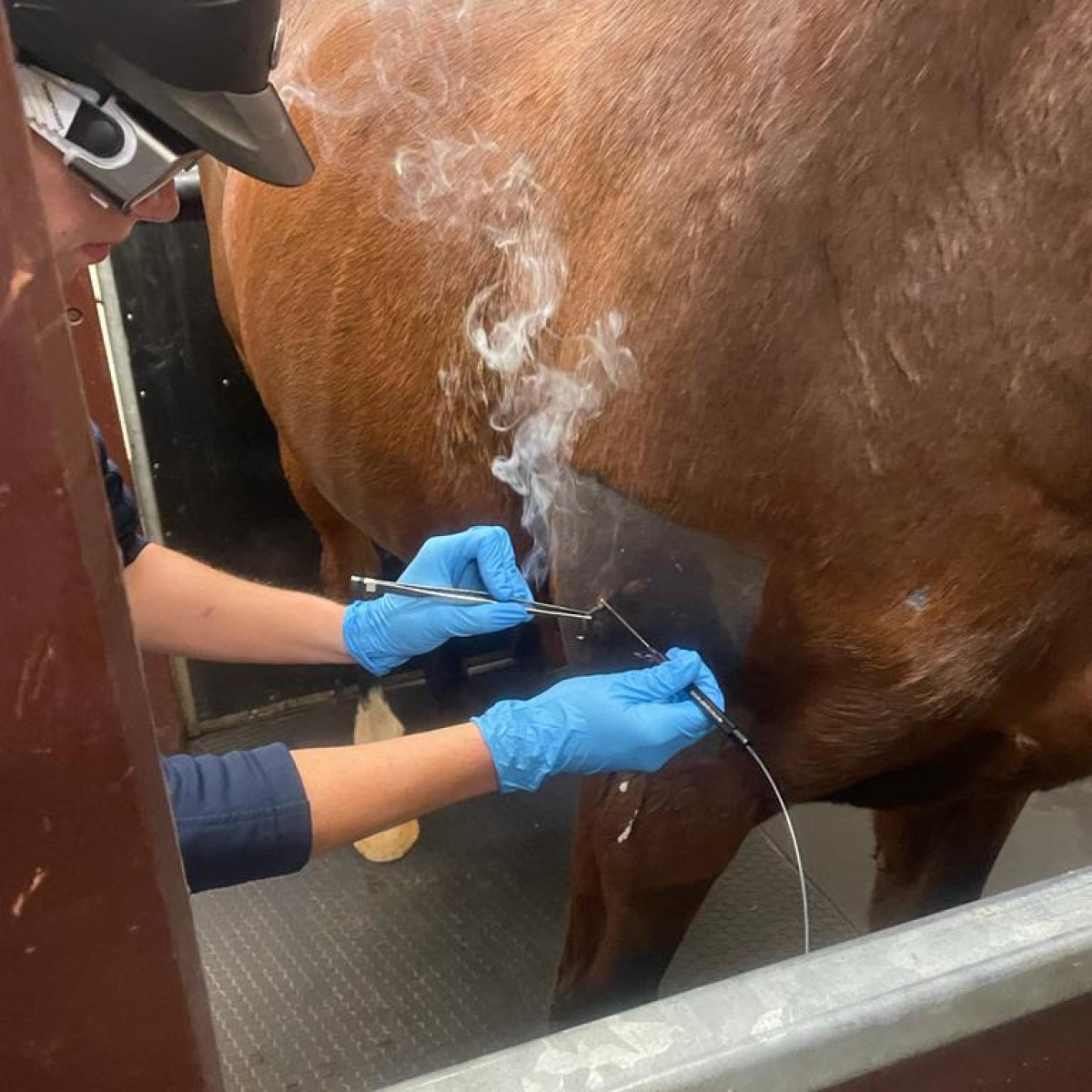Discover the Outstanding Advantages of Equine Therapy for Emotional Healing
Discover the Outstanding Advantages of Equine Therapy for Emotional Healing
Blog Article
Reviewing the Performance of Laser Therapy in Equine Treatment for Injury Recovery
The evaluation of laser treatment's effectiveness in equine injury recovery pivots on numerous aspects, consisting of recuperation time, pain mitigation, and tissue regrowth. Veterinarians often observe superior outcomes with laser therapy contrasted to conventional approaches, placing it as a crucial element in equine treatment.
Recognizing Laser Treatment
Laser treatment has actually become an essential tool in veterinary medication, especially in the therapy of equine conditions. Recognized for its non-invasive nature and effectiveness, laser therapy includes the application of details wavelengths of light to promote tissue fixing and reduce inflammation. This therapeutic method is progressively favored for its ability to speed up the healing procedure in steeds dealing with a variety of musculoskeletal injuries and chronic problems.
The primary mechanism behind laser therapy is its capacity to boost cellular features. Furthermore, laser treatment advertises vasodilation, enhancing blood circulation and oxygen delivery to damaged cells, hence accelerating healing.
In equine medication, laser therapy is specifically useful for problems such as tendonitis, osteo arthritis, and injury recovery. The strategy is admired for its pain-relieving residential properties, allowing horses to gain back flexibility and function more rapidly. Veterinarians also value its marginal negative effects contrasted to other treatment modalities, making it a trustworthy and safe alternative for equine treatment.

How Laser Therapy Works

Upon absorption, these photons trigger a series of biochemical modifications, improving mitochondrial function and causing enhanced adenosine triphosphate (ATP) manufacturing. This rise in ATP increases cellular metabolic process, advertising tissue repair and regeneration. Furthermore, laser treatment modulates inflammatory feedbacks by affecting cytokine levels and lowering oxidative stress, thereby reducing pain and swelling.
An additional significant element of laser therapy is its function in boosting microcirculation. The treatment advertises vasodilation, improving blood circulation and oxygen shipment to broken cells (Equine Therapy). This facilitates the removal of mobile debris and supports the proliferation of fibroblasts and collagen synthesis, important for injury healing
Professional Evidence
The efficacy of laser treatment in equine therapy has been substantiated through various medical researches, showcasing its therapeutic prospective throughout a variety of problems. A research performed by Turner et al. (2012) showed that steeds treated with low-level laser treatment (LLLT) for tendon injuries displayed accelerated healing contrasted to those getting conventional treatments.
Likewise, study by Johnson and colleagues (2015) concentrated on equine muscle mass injuries, disclosing that laser treatment substantially expedited muscle mass fiber regeneration and reduced muscular tissue stiffness. helpful site Professional assessments have revealed that laser therapy can ease chronic conditions such as osteo arthritis.
Veterinarian Insights

Veterinarians also appreciate the flexibility of laser treatment. She points out that laser therapy can be tailored to the particular demands of each horse, making sure optimum results.
Moreover, veterinarians value the ability to incorporate laser treatment with other treatment modalities. This multimodal approach can enhance total treatment effectiveness, giving an extensive remedy for equine rehab. Such endorsements from seasoned professionals underscore the growing approval and application of laser treatment in equine medicine.
Practical Factors To Consider
A vital aspect of applying laser therapy in equine official source therapy involves recognizing the sensible factors to consider that ensure its effectiveness and safety and security. First and primary, it is crucial to select the proper laser device, as numerous types differ in wavelength, power, and infiltration deepness. Equine Therapy. Vets should be well-versed in these parameters to customize therapy protocols properly to every injury kind
In addition, the frequency and duration of laser treatment sessions require mindful preparation to make best use of restorative benefits while decreasing any potential unfavorable effects. Regular tracking of the horse's action to therapy can lead essential changes in the therapy routine. Developing my response a safe and controlled atmosphere throughout treatments is additionally vital to stop unintentional exposure to laser discharges, which could damage both the horse and the handler.
Training and accreditation of employees providing laser therapy are critical to make certain correct method and to maintain safety and security criteria. Furthermore, keeping exact records of each session, including laser setups and observed outcomes, is essential for assessing the total performance of the therapy and for making data-driven decisions.
Final Thought
Laser therapy has emerged as a reliable method in equine injury rehab, offering substantial advantages in healing time, discomfort relief, and cells recovery. For optimum outcomes, constant monitoring and personalized treatment procedures stay essential in leveraging the complete potential of laser therapy in equine treatment.
Report this page